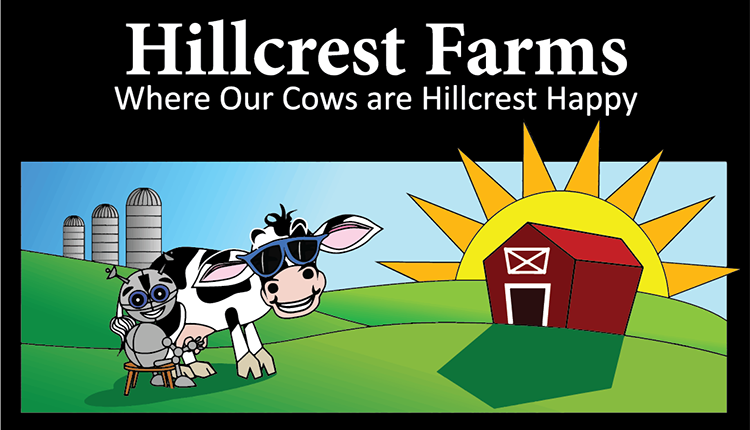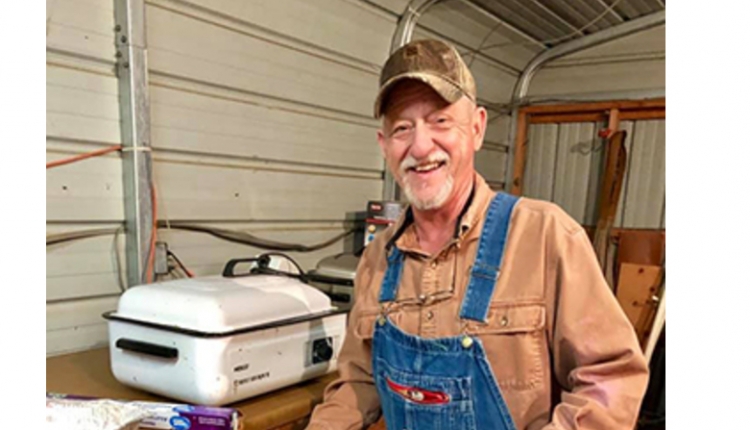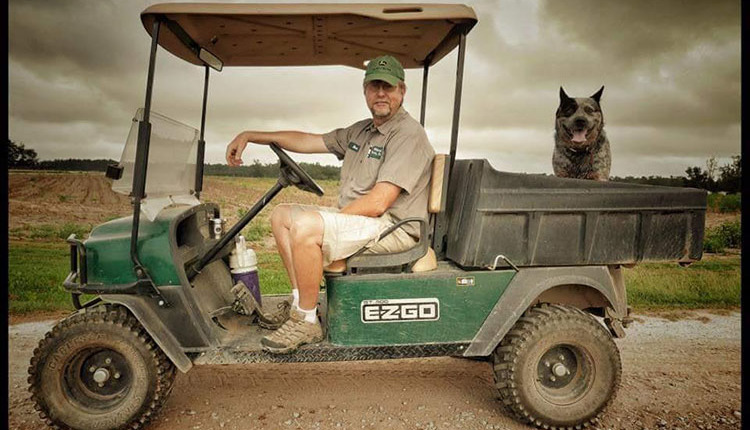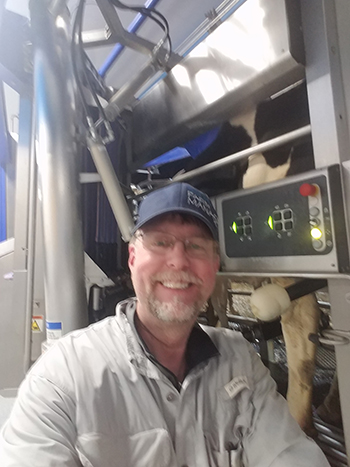
We have been milking with robots for three months now. The months of construction as well as the retraining of cows were both stressful and labor intensive. We had to keep reminding ourselves that we had been told to prepare for a “hard row to hoe,” as we call it down here in the South.
I would describe training cows to go in a robot box as similar to training horses to load on a straight load horse trailer. You needed the high-quality feed in front to lure them in and a strong back and patience at the rear of the cow to get some of them to enter the robot.
I had several of my new Upper Midwestern robotic dairy farming friends tell me about the “3/3/3 Rule”: It takes three days for the cows to start figuring it out, three weeks for the farmer and staff to start understanding what is going on, and three months before you finally want to talk to the dealer that sold you the robots.
Honestly, with every day and week that passed, things seemed to slowly improve in the process. By two months in, my brother and I and our wives were able to leave and go to our local Milk Producers Conference in Savannah for a much needed long weekend away. My daughter, nephew, and our staff did a good job with the cows and robots while we were away.
Three months into this process, we are finally understanding how to do more of our own repairs, how many cows per group seems to work well for us, and how to maximize milk per robot. Average milk per cow is returning to normal levels for our herd, and we seem to improve daily with our ability to manage this different way to dairy.
I still believe the change to robotics is the best path forward for our family to achieve success in the dairy business. A shrinking pool of labor along with increasing wages helped drive our decision. Our fourth-generation millennials in the family and our staff have seized the opportunity to step up and think outside the traditional milking train of thought. They are working different schedules than before, using technology more effectively, and have the ability to manage cows with a higher level of care.
I never thought I would ever tell our millennials to take their smartphone out of their pocket to see what cows they needed to fetch to a robot. Welcome to the era of robots ¾ we are just getting started.
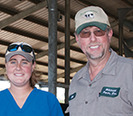
Mark and Caitlin Rodgers are dairy farmers in Dearing, Georgia. Their “Father and Daughter Dairy Together” column appears every other Thursday on HD Notebook. The Rodgers have a 400-cow dairy that averages 32,000 pounds of milk. Follow their family farm on Facebook at Hillcrest Farms Inc.






